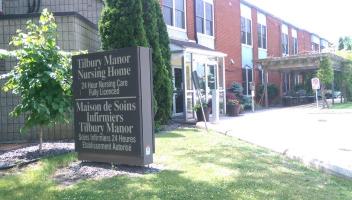
Case study #1 - Identifying the problem

Cardioinfantil Foundation of Cardiology Institute (FCI-IC) is a 340-bed hospital in Bogotá, Colombia. Recognizing that the use of best practice guidelines for nursing care was uncommon in Colombia, they joined the BPSO program with the goal of achieving excellence in care.
FCI-IC had 10 years of evaluation data that revealed problems in clinical areas such as fall prevention and wound care.
To identify the highest priority problems to tackle, and to select the most appropriate guidelines and best practice recommendations, they decided to conduct a baseline diagnostic evaluation. This involved sending a survey to various stakeholders that asked about the use of assessment tools, the status of electronic medical records, routine clinical practices such as the use of bed rails, and prevalence data. This assessment process led to the selection of three best practice guidelines as knowledge tools: Prevention of Falls and Fall Injuries in the Older Adult, Risk Assessment and Prevention of Pressure Ulcers, and Assessment and Management of Foot Ulcers for People with Diabetes.
Case study #2 - Conducting a gap analysis

Tilbury Manor, a 75-resident long-term care home in Tilbury Ontario wanted to improve resident care, focusing on the provincially mandated “required programs” (fall prevention, skin and wound care, continence care, bowel management and pain management).
They conducted a gap analysis to compare their current practices with the best practices outlined in related RNAO best practice guidelines. This involved an assessment of clinical practices, policies and documentation systems. The results of the gap analysis helped them create specific action plans.
They formed project teams, led by nurses and supported by a team of champions. These teams proceeded to educate staff, implement new clinical practices, conduct care reviews and conduct audits.
Multiple positive outcomes were reported as a result of implementing these best practices including reductions in reports of pain, use of restraints, falls pressure ulcers and urinary tract infections.
